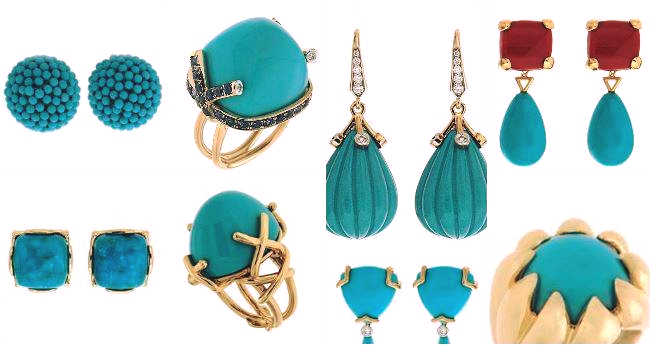For The Most Sparkle, Choose Radiant Cut Diamonds

Suppose you are ready to ask ‘her’ for her hand in marriage, you have planned everything to the minute details but you are yet undecided about the most important item, the ring. There are so many options that you are really confused on what to choose to make her feel unique and precious. You might like the round cut but it is the most common of all the diamond cuts. What to do!
If you are looking for a unique engagement ring, try out a radiant cut diamond. No matter how it is mounted to the ring, it will dazzle. In fact, you can easily buy a radiant diamond engagement ring as a part of the whole set comprising the wedding band as well.
Radiant diamonds are a hybrid shape which generally appears rectangular or square with slightly trimmed corners. A radiant cut has 53 to 70 facets. The octagonal shape gives it the additional dazzle and that makes it a particularly popular choice for an uncommon wedding ring.
Some of the popular features of radiant diamonds are:
- Due to its cut, radiant diamonds carry a better color scheme, compared to the traditional cuts.
- Extra facets can be included to cover up any flaw which might have existed in the original mother stone. This leads to better clarity of the stone.
- When a radiant diamond is cut in the proper way, the visible area with the naked eye is the maximum which means you don’t pay for huge hidden areas of the diamond.
- As there are no cropped corners in this cut, this cut is particularly durable. That makes it the perfect choice for those who lead an active lifestyle.
Obviously, with so many facets, only a master diamond cutter can perform this cut to the perfection. When the gem is not cut properly, it reduces the value of the stone and also results in a low quality engagement ring. A faulty cut also reduces the brilliance visibly and that is something which is totally undesirable.
The perfect radiant cut has a top surface which is more than 60 percent of the visible girth. The height of the stone, when looked from a side, should also be more than 60 percent of its width. The sharp bottom ends shouldn’t exist in a radiant cut. These features define the perfectly cut radiant diamond which can shine the brightest.








